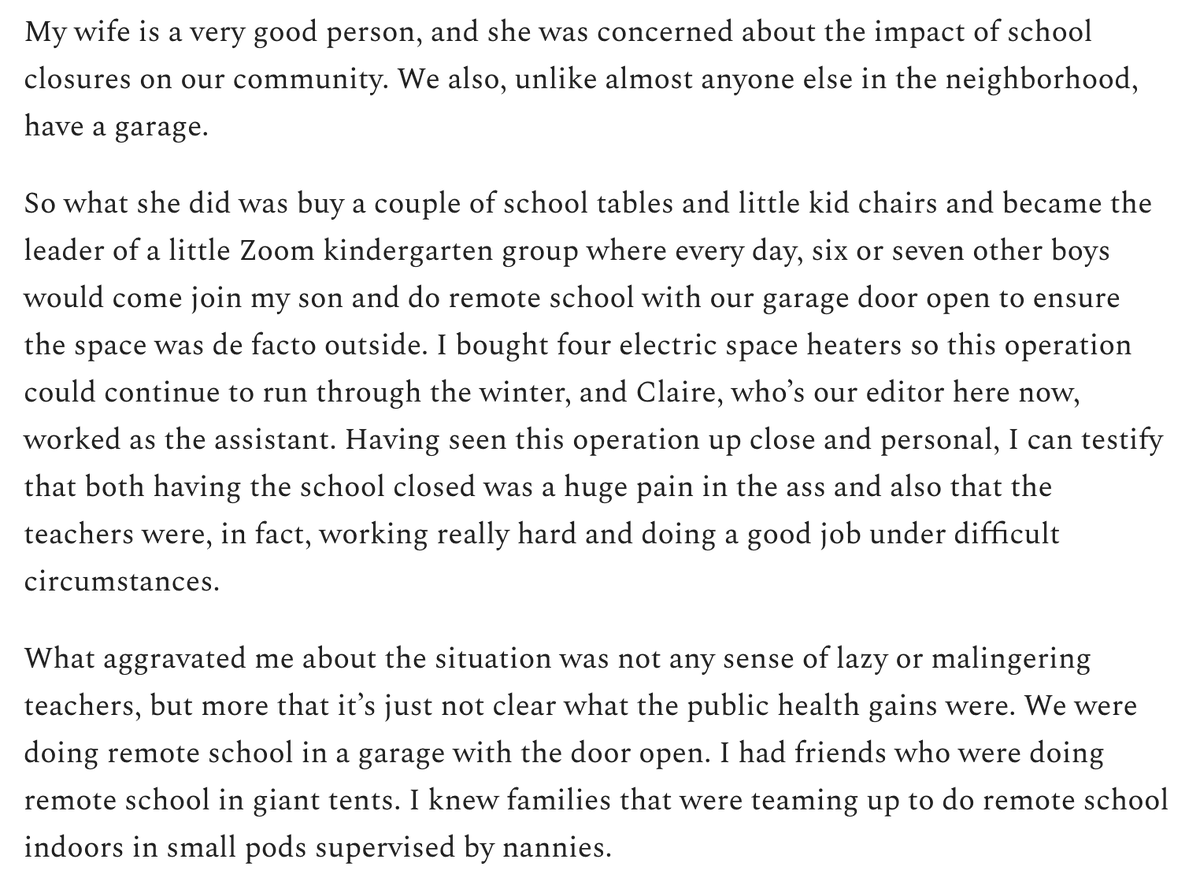
It's going to be hard to change, but I think Cal Newport is right. We've screwed up how we work digitally, adopting a ton of software that promised productivity and delivered distraction. There are huge gains to be made by firms that can find a new way. nytimes.com/2021/03/05/opi…
"We’re at a point now where it’s completely common in a lot of knowledge ware companies that not only do you spend a lot of time doing things like email and meetings, you now spend all of your time doing that, every working hour."
"And actual work has to get done in these hidden second shifts that happen in the morning or happen in the evening, which creates all of these unexpected inequities. I mean, the fact that that is happening now should be alarm bells ringing, but instead, we’re like, 'it’s busy.'"
Too real.
• • •
Missing some Tweet in this thread? You can try to
force a refresh





